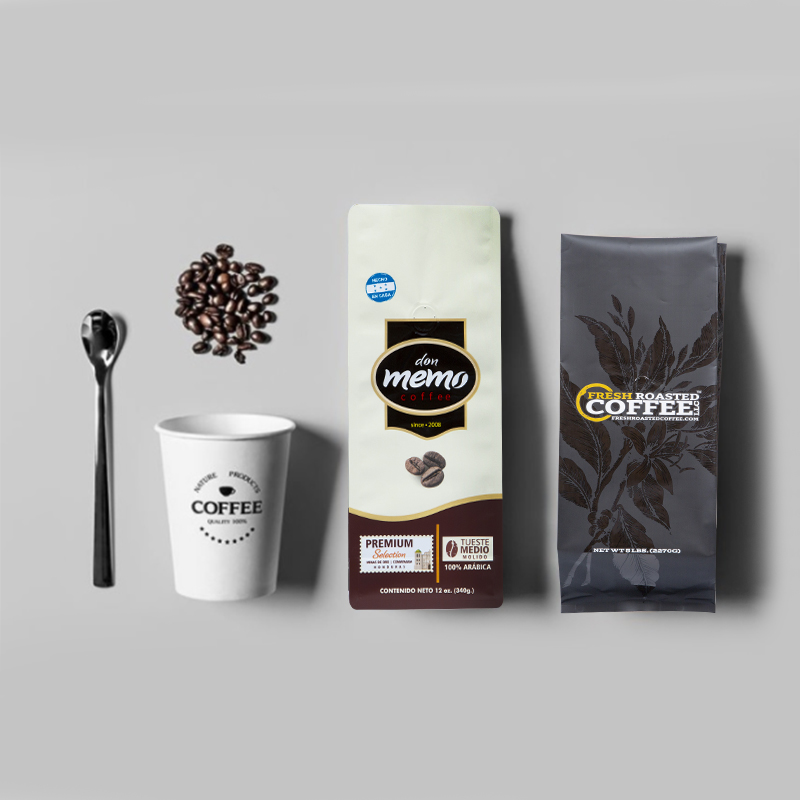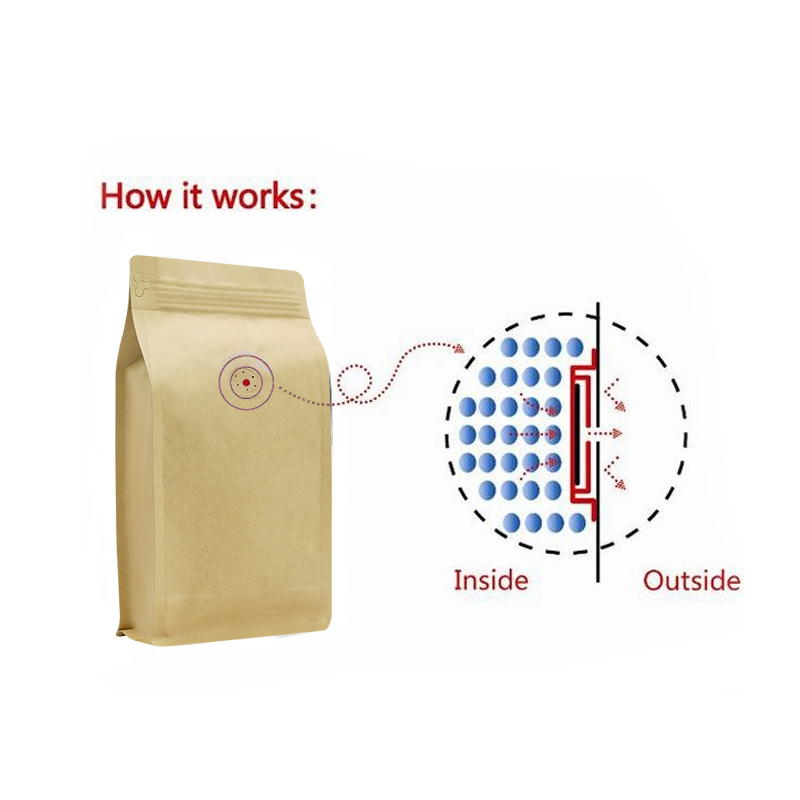The packaging of coffee beans is not only visually pleasing, but also functional. High-quality packaging can effectively block oxygen and slow down the speed of coffee bean flavor deterioration.

Most coffee bean bags will have a round, button-like element on it. Squeeze the bag, and the aroma of the coffee will be drilled through the small hole above the "button". This "button" shaped small component is called a "one-way exhaust valve".
Freshly roasted coffee beans gradually release carbon dioxide, and the darker the roast, the more carbon dioxide gas is emitted.
There are three functions of the one-way exhaust valve: first, it helps the coffee beans to exhaust, and at the same time prevents the oxidation of the coffee beans caused by the air backflow. Second, in the process of transportation, avoid or reduce the risk of packaging damage caused by the expansion of the bag due to the exhaust of the coffee beans. Third, for some consumers who like to smell the aroma, they can experience the fascinating aroma of coffee beans in advance by squeezing the bean bag.

Are bags without a one-way exhaust valve unqualified? Not absolutely. Due to the degree of roasting of coffee beans, the carbon dioxide emissions are also different.
Dark roasted coffee beans emit a lot of carbon dioxide gas, so a one-way exhaust valve is required to help the gas escape. For some light roasted coffee beans, carbon dioxide emissions are not as active, and the presence of a one-way exhaust valve is not so important. This is why, when making pour-over coffee, light roasts are less "bulky" than dark roasted beans.
In addition to the one-way exhaust valve, another criterion for measuring the package is the interior material. Good quality packaging, the inner layer is usually aluminum foil. Aluminum foil can better block oxygen, sunlight and moisture outside, creating a dark environment for coffee beans.
Post time: Aug-15-2022






